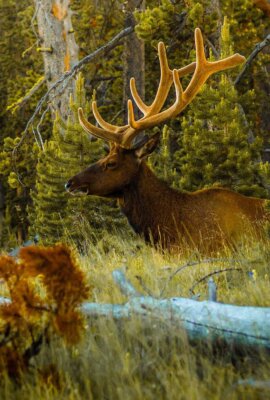Your full Wanderlust guide to
Borneo

Straddling the equator and dominated by luxuriant rainforests, Borneo is the world’s third biggest island. Its territory is apportioned unevenly between the countries of Brunei, Indonesia and Malaysia. The two East Malaysian states Sabah and Sarawak lie in the north, surrounding Brunei, while the Indonesian state of Kalimantan occupies most of central and southern Borneo.
For most travellers, the chance of spying orangutans in the wild is the island’s greatest allure, but there’s so much more wildlife to behold: pygmy elephants, proboscis monkeys, sun bears, clouded leopards and giant flying squirrels all call this vast jungle home. You can even spot a huge bat exodus in one of the largest cave systems in the world at Gunung Mulu National Park. But while Borneo is a wildlife haven, it’s not its only drawcard. You can climb up its loftiest peak, Mount Kinabalu, see where colonial, Malay and Chinese history mix in Kuching and stay in a tribal longhouse with Borneo’s Iban people. There are few places that feel as remote and blissfully disconnected from modern life as Borneo does.
You can’t miss

International airports
Malaysian Borneo has two international airports: Kota Kinabalu International Airport in Sabah and Kuching International Airport in Sarawak. For Indonesian Borneo, there’s Sepinggan International Airport in Balikpapan and Supadio Airport in Pontianak, while Brunei’s main airport is Syamsudin Noor Airport in Barjarmasin.
When to go in Borneo.
Borneo is hot and humid with a typically tropical climate. Sarawak receives an abundance of rainfall during the monsoon season between November and February each year, whereas the dry season generally occurs from May to October.
The monsoon period should not deter visitors to the region as it brings respite from the tropical heat, though the wet season can be more encumbering for active and adventure holidays. Heavy rains may cause cancellation of flights and riverboat trips into remote regions, so the dry season is best for activities.
Getting around Borneo
Domestic flights link all the regions of Borneo including Sabah, Sarawak, Balikpapan, Bajarmasin and Pontianak. MASWings, AirAsia and Batavia Air provide regular services between the different areas of Borneo. On the ground, air-conditioned express buses are the economical way to travel long distances within, and sometimes between, Borneo’s different states.
Ferry links between Labuan Island, Brunei, Kota Kinabalu, Limbang and East Kalimantan are also an efficient way of exploring the Borneo states. Use the public express boats for fascinating journeys to coastal and inland towns such as along Rejang River or from Kuching East to Sibu.
Where to stay in Borneo.
Borneo has a full range of accommodation, from treetop lodges, budget hostels and small guesthouses, to luxury on-the-beach hotels. More intriguing options include Borneo’s ecolodge stays with the chance to see as many as nine primate species including crocodiles, butterflies and rare birds such as the Storms stork. Borneo has limited availability, especially in its extremely remote regions, so it’s advised to book before you travel.
What to eat in Borneo.
Bornean food comprises three world-class cuisines – Malay, Indonesian and Indian – with regional twists. Hawker markets offer opportunities to try a variety of dishes from the numerous stalls ranged around a central eating area – order enticing-looking treats from any stalls, take them to your table and tuck in.
Health & safety
Consult your GP or a travel health clinic for advice on inoculations and anti-malarial prophylaxis. Various biting bugs, leeches, parasites and venomous snakes are found in Borneo – particularly the jungles – so wear insect repellent, don’t walk barefoot and take sensible precautions to avoid bites and stings. Food hygiene is generally good and crime levels relatively low, but do take do take the usual common-sense precautions.
















